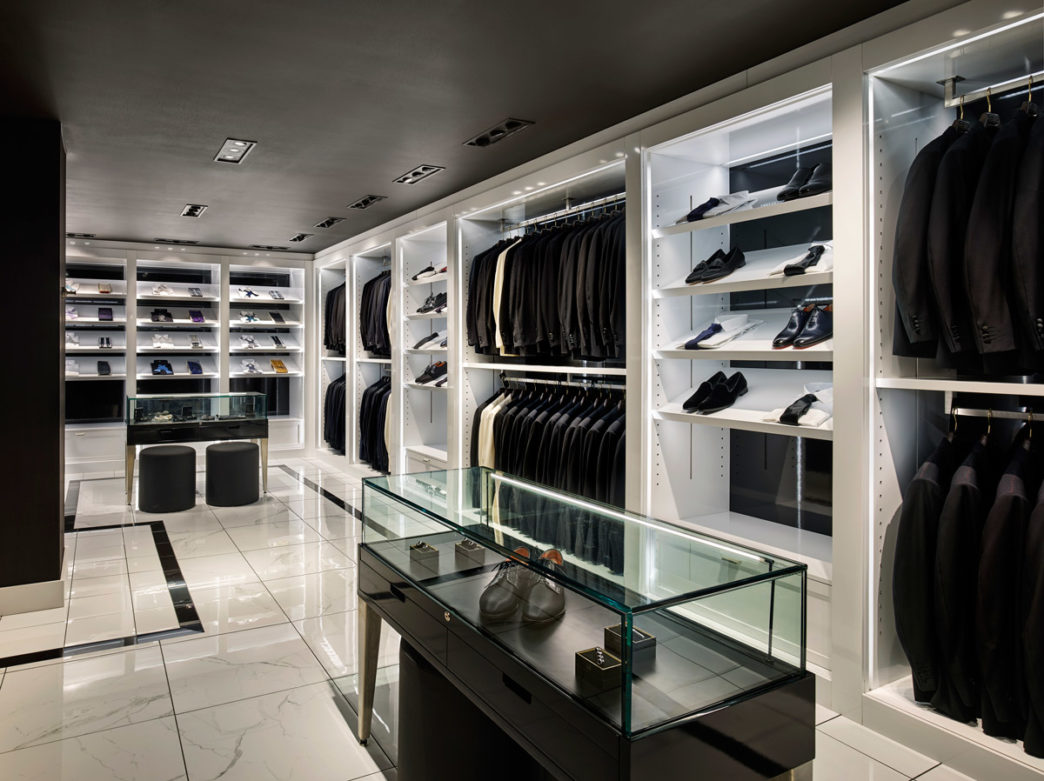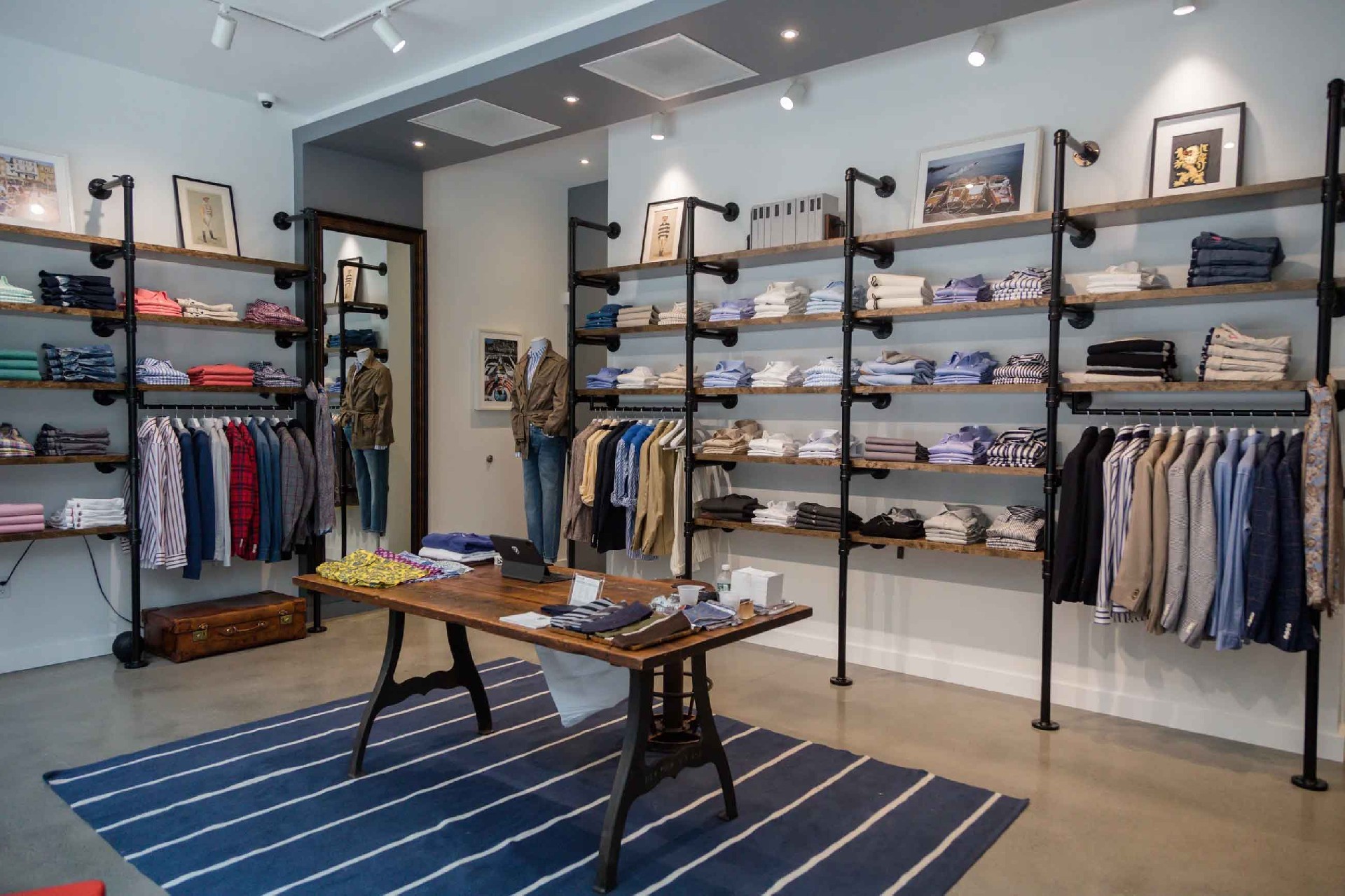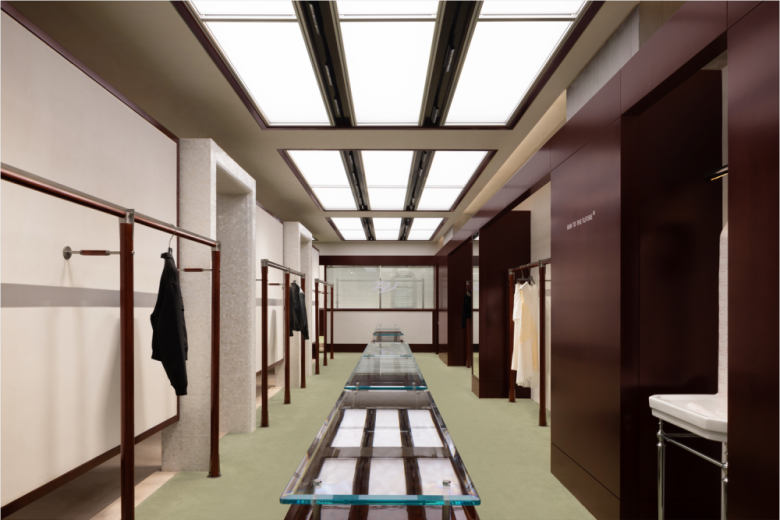In modern retail environments, circulation design has become a key factor in improving store efficiency and customer experience. Well-planned customer flow not only effectively guides consumers deeper into the store but also subtly influences their emotions and purchasing decisions. Scientific traffic flow design, through the clever arrangement of spatial rhythm and visual focal points, creates a smooth and engaging shopping journey for customers, thereby extending their stay and promoting conversions.
Customer flow begins with the design of the entrance. As the first point of contact for customers entering the store, its spaciousness and visual openness directly influence their willingness to enter. An attractive and well-planned entrance area can stimulate customers' desire to explore and lay a good foundation for subsequent movement. Entrances often feature brand image walls, promotions for new or popular products, to attract attention and create a first impression.
Traffic flow design emphasizes the rational division of labor between main and secondary aisles. As the primary customer route, the main aisle should be smooth and unobstructed, running through the store's core display areas and guiding customers to naturally browse key products. Secondary aisles, on the other hand, should guide customers to explore more details and hidden items. Comfortable corners and display spaces should be provided to stimulate curiosity and encourage them to linger. Appropriate aisle widths and turning angles effectively reduce shopping fatigue and enhance shopping comfort.
Creating visual focal points plays a crucial role in traffic flow design. By combining lighting, color, and display, we create eye-catching focal areas, guiding customers' gaze along the route. Key display areas are often located at the end or turning point of the main aisle, utilizing contrasting colors or textures to enhance the visual impact of the products. This visual guidance not only increases product exposure but also stimulates customer interest.
Controlling the rhythm of the traffic flow is also crucial. The shopping journey, like a narrative, requires a shift in pace from fast to slow. "Pause points" or "experience zones" along the route offer customers opportunities to relax and gain a deeper understanding of the products through comfortable seating, interactive experiences, or customized services. This rhythmic shift effectively alleviates shopping fatigue, prolongs customer stay, and increases the likelihood of purchase.
Scientific traffic flow design also emphasizes coordination with display furniture. Display cases, shelves, and props should be arranged strategically according to the traffic flow layout to ensure smooth flow and maximize the space for displaying products. Modular and adjustable designs enhance spatial flexibility, meeting display needs for different seasons and promotions, and creating more possibilities for movement.
Modern retail movement design also incorporates digital elements. Smart shopping guides, navigation systems, and interactive devices provide real-time guidance and personalized product recommendations, enhancing shopping convenience and enjoyment. Digital movement not only optimizes the customer experience but also provides data support for store operations, enabling targeted marketing.
In summary, movement design in retail spaces is a core tool for scientifically planning customer behavior. Through entrance design, the division of primary and secondary aisles, the creation of visual focal points, rhythmic control, and digital applications, a smooth path is created that guides customers deeper, prolongs their stay, and inspires purchases. Optimizing movement not only improves space efficiency but also deepens customer awareness and brand loyalty, becoming a key factor in maximizing the commercial value of retail stores.






